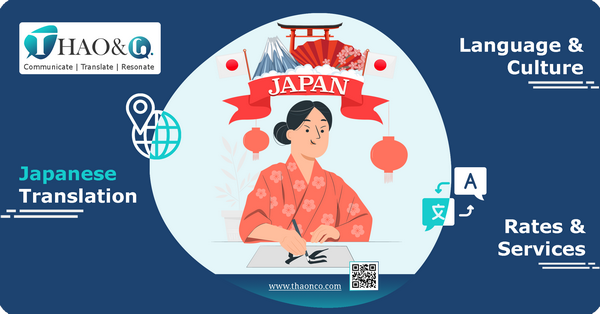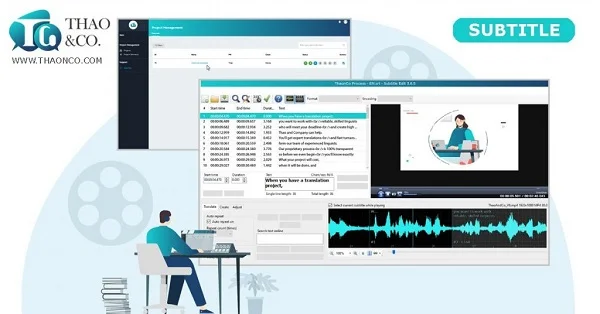Considered one of the most complex languages in the world, Japanese translation poses a great challenge for many linguists.
Let’s find out Japanese distinctiveness and its translation difficulties in this article.
Japanese contains layers of nuanced meanings and cultural elements. This complexity makes Japanese translation a challenging task.
Therefore, the translators need to be well-versed in the features of this language, such as:
Localization is a must for a translation to sound natural in Japan culture. As such, the linguists need to choose appropriate expressions to create a bond with target readers.
Japan has achieved comprehensive advancement in all domains. This has created favorable conditions for the Japanese translation industry to thrive more than ever before.

Japan leads the world in industrial output, ranking second only to the United States in total production. Some products manufactured by acclaimed Japanese brands like:
Hence, the demand for Japanese language translation in this industry is substantial. Translation services for technical documents or technical interpretation have significantly contributed to the global expansion and development of businesses originating in Japan.
Japan has emerged as a leader in the “Technology Revolution” today. There are some leading technology conglomerates like:
Japanese software products are intergrated with cutting-edge technology. Localization is an important contribution to this process.
Localization involves adapting software, apps, websites to fit the culture of target markets, breaking language barriers, and enhancing user experience.
The entertainment industry is one of the leading sectors of Japan’s economy, with globally cherished manga and anime series.
How can Japanese entertainment successfully reach their audiences? Translation services like subtitles, voice overs for films, and creative translation are the answers.

Japan is one of the top tourist destinations in Asia, second only to China in terms of the number of foreign tourists. The figure ranges from 14 million to 18 million visitors annually.
A wide range of travel publications help bring the country’s image closer to tourists worldwide.
Tourism promotion materials are notable examples:
They are available in various languages like English, French, German, Russian, Italian, Spanish, and more.
Therefore, document translation for marketing purposes plays a vital role in promoting Japan’s image to global tourists.
The rate of Japanese translation depends on various factors.
Thao & Co. provides detailed quotes for Japanese translation projects prior to execution. Therefore, you can be assured that translation rates are transparent throughout the project.

Japanese is considered one of the most challenging languages to learn globally, making accurate and high-quality Japanese translations a demanding task.
To ensure the highest quality and professionalism in translations, a Japanese translation agency must meet requirements
Thao & Co. is a translation agency with years of experience in Japanese translation. We commit to offering you accurate and high-quality Japanese translation services.
Your translations are crafted by our seasoned native linguists, with an optimized translation process and secured by our proprietary platform.
You can contact Thao & Co. through our Get a Quote page or visit Thaonco.com for more detailed information!